Crack Detection
Make errors visible, increase component safety, secure production.
With induction thermography you can identify cracks without contact and within seconds directly in-line and without any chemicals.
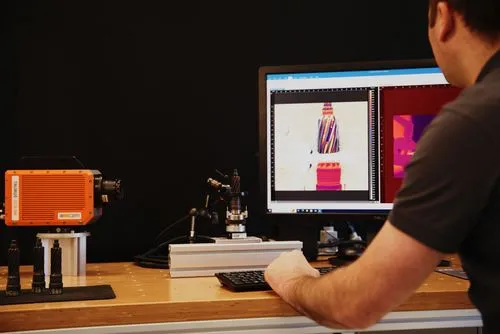
How it works — explained in a nutshell
Crack inspection using thermography is based on the principle of heat propagation.
A targeted energy pulse – for example via induction or laser – heats the test object.
Inhomogeneities such as cracks or delaminations disrupt the heat flow within the material.
An infrared camera detects the resulting temperature differences, making defects visible – fast, contactless, and non-destructive.
What is being tested?
Our thermography systems reliably detect:
- Surface and subsurface cracks
- Microcracks and hairline cracks
- Delaminations, pores, and inclusions
- Defects in welds, joints, and sealing seams
- Grinding burn and hardening depth
Suitable materials:
Metals, CFRP/GFRP, hybrid materials, ceramics, coated components
Typical components & applications:
Forged parts, cast parts, shafts, rods, railway wheels, structural components, packaging, medical components
Inspection environments:
Manual single-part inspection, laboratory analysis, automated series inspection, inline integration
Modes of operation
Induction thermography
Laser thermography
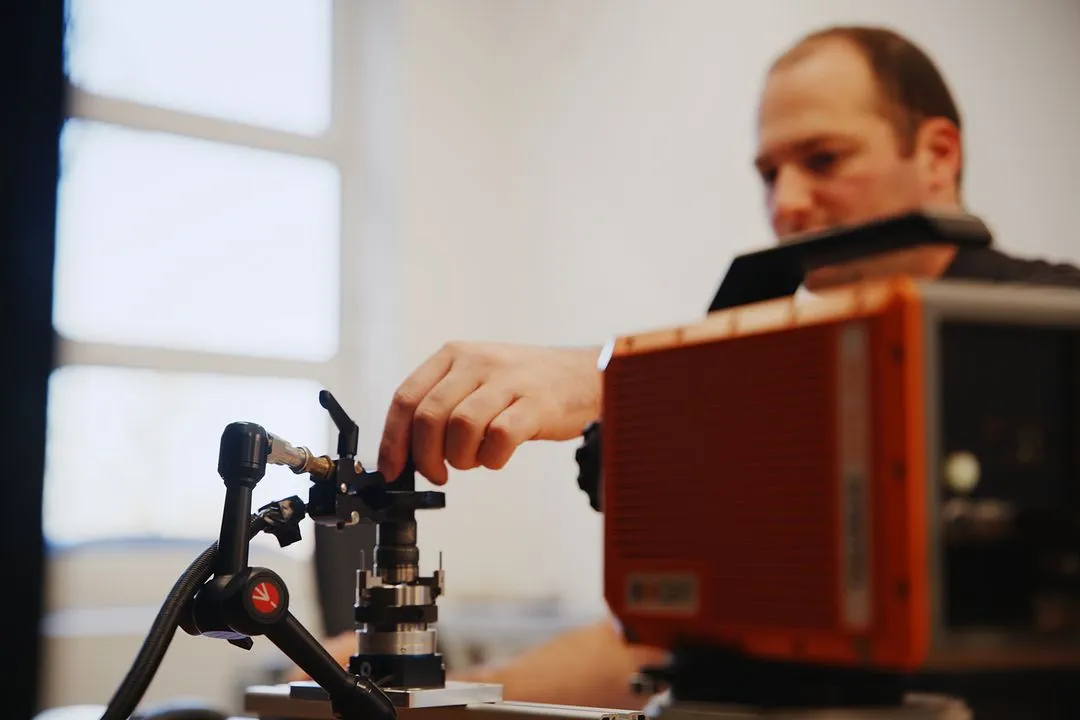
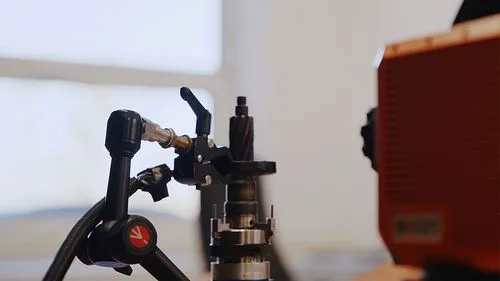
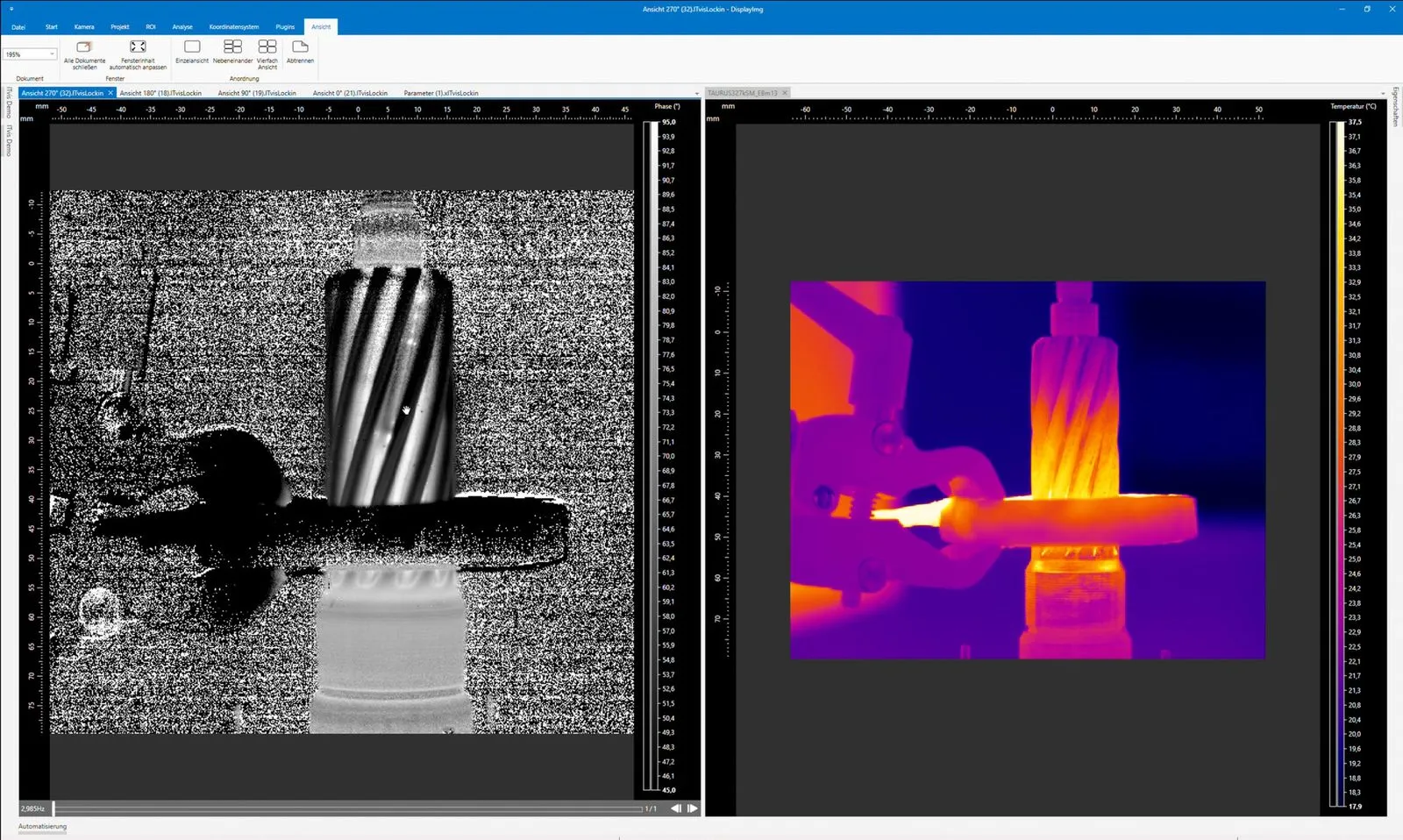
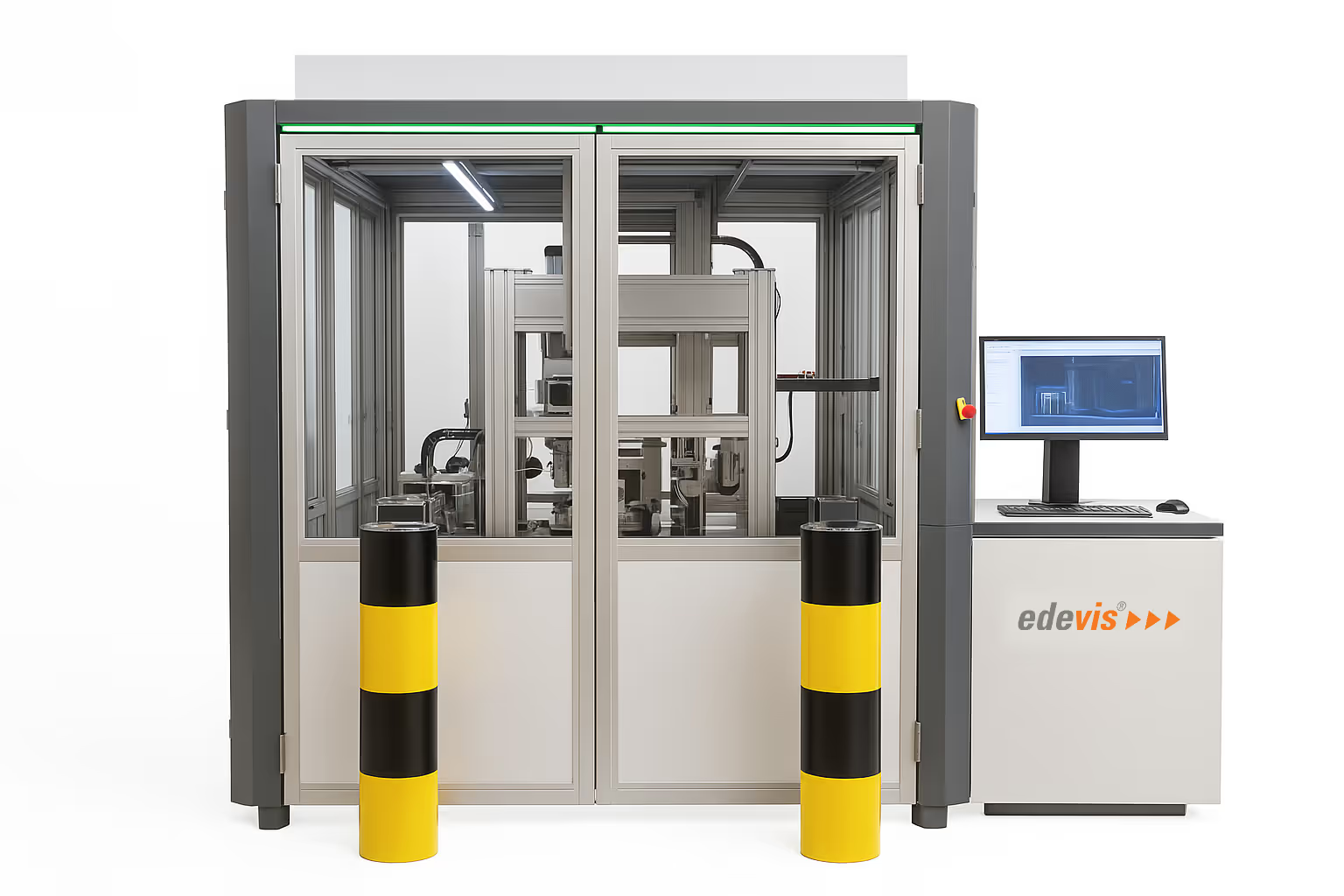
Crack inspection of hardened components
FAQ
Our frequently asked questions — answered quickly and easily.
How does thermography work in crack testing?
It detects temperature differences caused by cracks in the material.
find out moreWhat advantages does thermography offer?
It allows fast, contactless and area-wide inspection.
find out moreWhat methods are used for crack detection?
Methods include visual inspection, magnetic particle inspection, penetrant testing and thermography.
find out moreWhy is crack testing important?
It prevents material failure by detecting cracks at an early stage.
find out more


